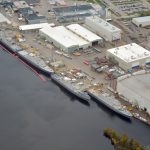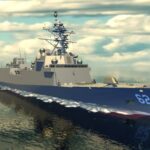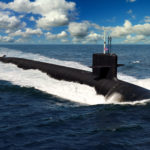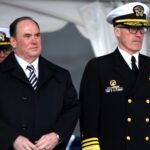
The U.S. Navy intends to hold informal talks in the coming months to explore potential successors to its cruisers and destroyers, including what the future vessels should do and how much they should cost, a service official said Feb. 15.“We’re really in the infancy stages,” said Vice Adm. Thomas Moore, commander of Naval Sea Systems Command (NAVSEA). Chief of Naval Operations Adm. John Richardson “is very interested in having a discussion before we start moving on out.”Those talks ultimately will…

 By
By 











